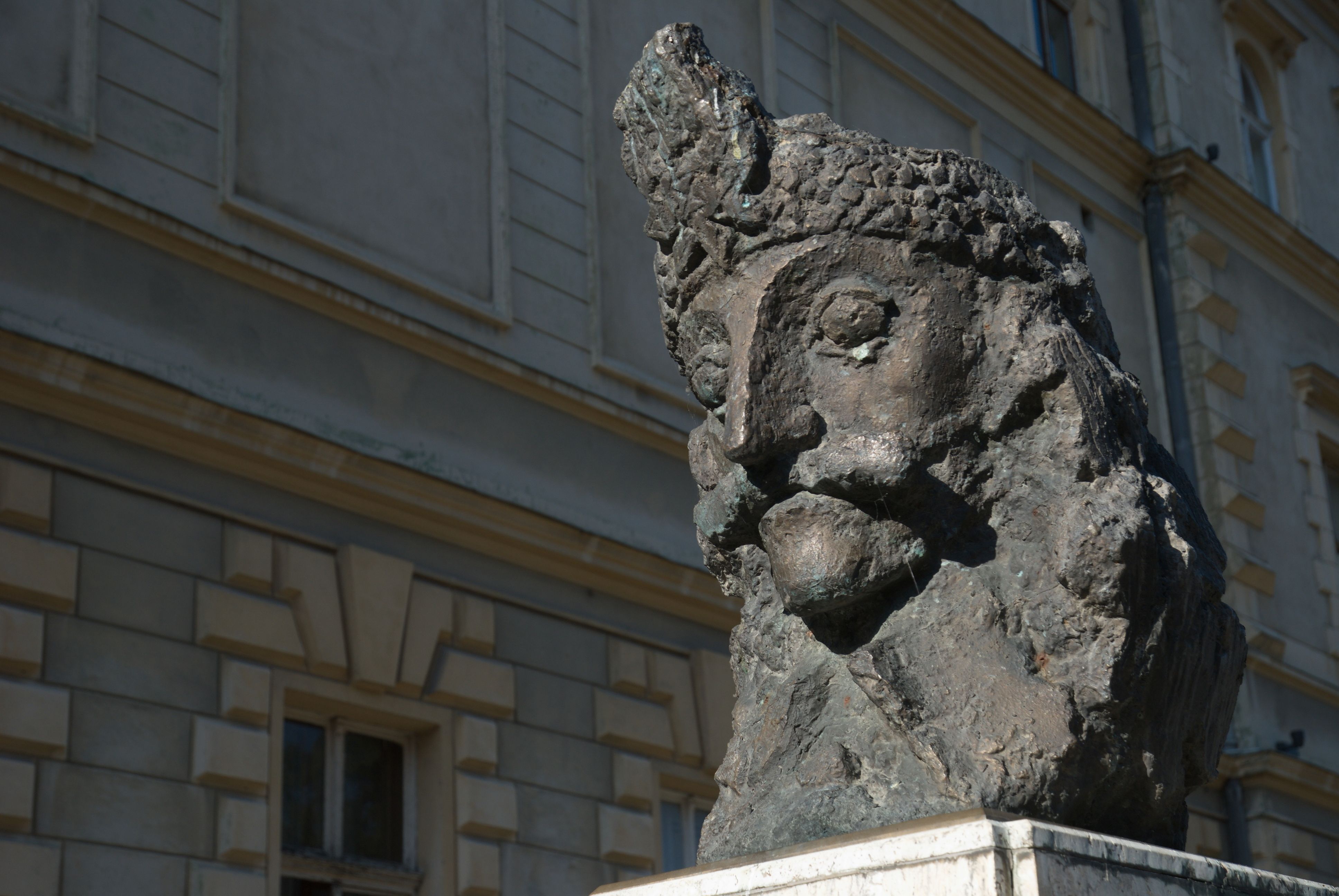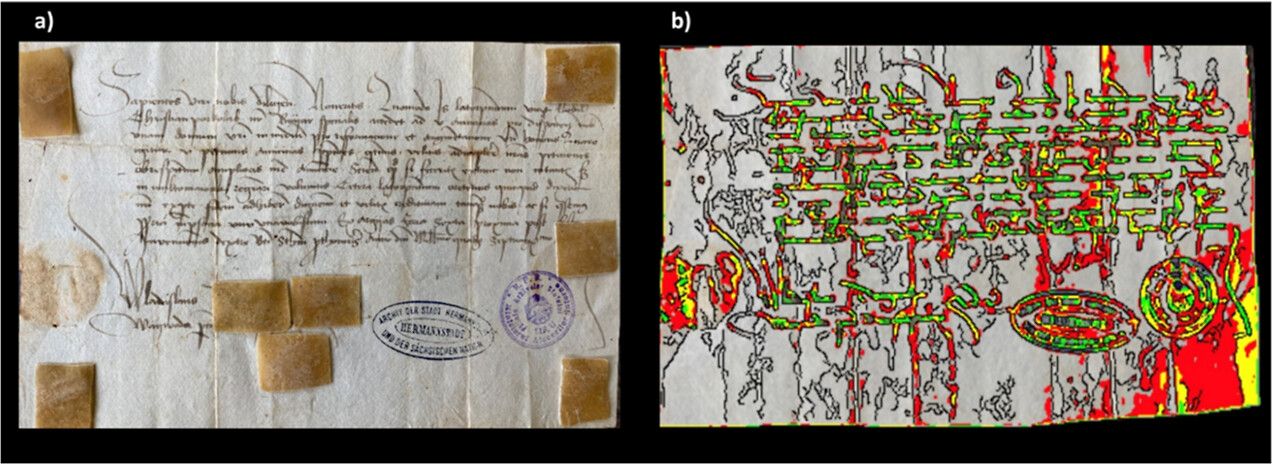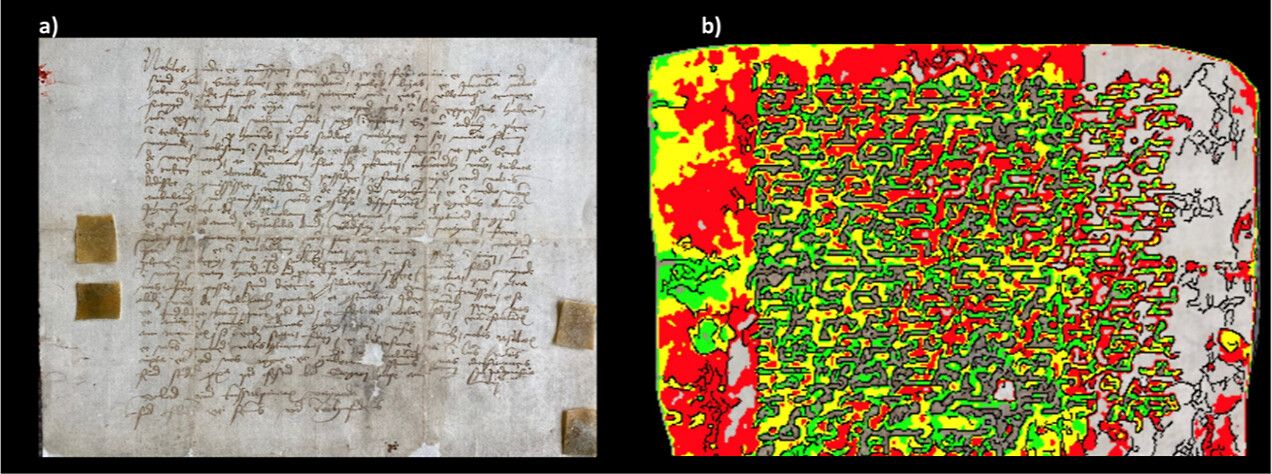Dracula in Print: Ethylene-Vinyl Acetate Technology Aids MS Analysis of Vlad the Impaler’s Letters
Ethylene-vinyl acetate (EVA) was used in tandem with high-resolution mass spectrometry (HRMS) because it was non-invasive and non-damaging to three letters written in the second half of the 15th century by Vlad III of Wallachia.
More than 500 years ago, rulers known as voivodes governed a set of regions which have since become modern-day Romania. Moldavia and Transylvania were among these, but in a third, Wallachia, perhaps the most famous historical voivode was Vlad III, also known as Vlad the Impaler or, in reference to his father having been made a member of the Order of the Dragon, Vlad Dracula. In 1897, Irish author Bram Stoker shifted the home of a namesake vampiric count to neighboring Transylvania and forever immortalized Vlad III, in the eyes of many literary scholars, in the novel Dracula.
Close-up of dracula with black cape showing his scary teeth. Vam | Image Credit: © ysbrandcosijn - stock.adobe.com

But what might any of this have to do with separation science? Three letters written by Vlad III, two preserved for half a millennium in the archives of the city of Sibiu, Romania, and the other restored in that country’s capital, Bucharest, sometime in the 20th century were analyzed in a study published in Analytical Chemistry. The study, based at the University of Catania in Sicily, Italy, applied ethylene-vinyl acetate (EVA) technology to these three letters, written to the citizens of Sibiu and signed Vlad Dracula, “prince of the Transalpine regions,” characterizing the peptides and proteins contained therein with high-resolution mass spectrometry (HRMS) (1).
The EVA technology as described by the researchers in this experiment consists of a plastic film of ethylene-vinyl acetate studded with strong cation and anion exchangers, plus C18 (octyldecylsilane) and C8 (octyl) hydrophobic resins (1). The authors said this type of material can be applied to any surface with the goal of extracting proteins and small molecules, which are then able to be eluted and analyzed with MS. What this study revealed was not only a window into Vlad Dracula’s leadership and politics, but maybe most interestingly, his health and what influence it might have had on a future bloodthirsty fictional character.
The authors reported that this multifaceted approach resulted in the identification of approximately 100 ancient peptides in the letters which they said were of “certainly” human origin (1). In addition to that, they found some 2000 additional ones, among them bacteria, viruses, fungi, and insects, from the environment. Evidence from the likely “most prominent” ancient proteins among the potential hands that could have touched these letters points to Vlad himself, with the last of the letters dating to 1475 and Vlad dying either one or two years later. Late in his life, the authors said according to their findings, he may have suffered from inflammation of the respiratory tract or skin, but also a pathological condition called hemolacria—the phenomenon of shedding tears mixed with blood.
That may not read as dramatically as biting victims, but it does provide a tenuous link between the Draculas — with help from an MS-compatible technology that these authors hope will have just as long-lasting of an impact as Bram Stoker’s work has had on generations of readers.
Dracula, Vlad the impaler's bronze bust, Sighisoara | Image Credit: © yournameonstones - stock.adobe.com

Reference
(1) Pittalà, M. G. G.; Di Francesco, A.; Cucina, A.; et al. Count Dracula Resurrected: Proteomic Analysis of Vlad III the Impaler’s Documents by EVA Technology and Mass Spectrometry. Anal. Chem. 2023, 95 (34), 12732–12744. DOI: 10.1021/acs.analchem.3c01461
Study Explores Thin-Film Extraction of Biogenic Amines via HPLC-MS/MS
March 27th 2025Scientists from Tabriz University and the University of Tabriz explored cellulose acetate-UiO-66-COOH as an affordable coating sorbent for thin film extraction of biogenic amines from cheese and alcohol-free beverages using HPLC-MS/MS.
Quantifying Microplastics in Meconium Samples Using Pyrolysis–GC-MS
March 26th 2025Using pyrolysis-gas chromatography and mass spectrometry, scientists from Fudan University and the Putuo District Center for Disease Control and Prevention detected and quantified microplastics in newborn stool samples.
Multi-Step Preparative LC–MS Workflow for Peptide Purification
March 21st 2025This article introduces a multi-step preparative purification workflow for synthetic peptides using liquid chromatography–mass spectrometry (LC–MS). The process involves optimizing separation conditions, scaling-up, fractionating, and confirming purity and recovery, using a single LC–MS system. High purity and recovery rates for synthetic peptides such as parathormone (PTH) are achieved. The method allows efficient purification and accurate confirmation of peptide synthesis and is suitable for handling complex preparative purification tasks.









